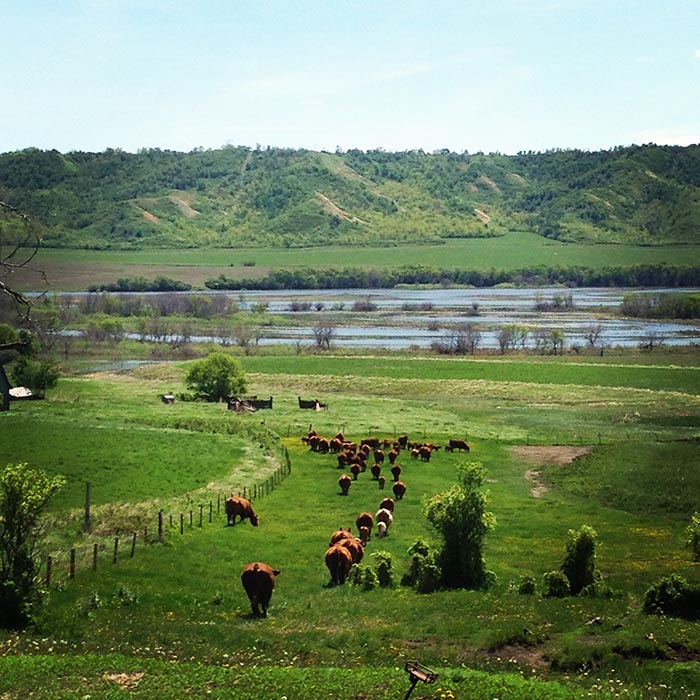Released on August 4, 2016
Harvest operations have just begun in parts of the province with some farmers combining peas, lentils and winter cereals, or swathing canola, according to Saskatchewan Agriculture’s Weekly Crop Report.
It was another good week for hay progress, as producers now have 70 per cent of the hay crop baled or put into silage and another 15 per cent cut and ready for baling. The five year average (2011 to 2015) is 73 per cent baled or put into silage.
Hay quality is rated as six per cent excellent, 69 per cent good, 23 per cent fair and two per cent poor. Very few hay acres have been through a second cut. Hay is slow to dry in swath due to high humidity and rain.
The southeast region has made good progress combining winter wheat and fall rye. Combines are also rolling on pea crops in the south regions. There were a few reports of canola being swathed and pulses being desiccated in various areas of the province.
The majority of the precipitation was recorded in the west regions of the province, ranging from trace to 50 mm (Macklin area). A couple of other areas reported significant rain and severe weather, including the Yorkton and Melville area, where heavy downpours, large hail and confirmed tornadoes were reported. Lentils and peas in many areas of the province are suffering from season-long excess moisture. Diseases and hail have also caused crop damage.
Provincially, cropland topsoil moisture is rated as 12 per cent surplus, 81 per cent adequate, six per cent short and one per cent very short. Hay land and pasture topsoil moisture is rated as seven per cent surplus, 83 per cent adequate, nine per cent short and one per cent very short.
Sufficient rain throughout the growing season in most areas of the province has resulted in good pasture growth. Pasture conditions are rated as 20 per cent excellent, 64 per cent good, fourteen per cent fair and two per cent poor. In the northwest region, where precipitation was lacking, pasture conditions are rated as one per cent excellent, 43 per cent good, 43 per cent fair and 13 per cent poor.
Farmers are busy haying and getting ready for harvest.
Follow the 2016 Crop Report on Twitter at @SKAgriculture.
-30-
For more information, contact:
Daphne Cruise
Agriculture
Moose Jaw
Phone: 306-694-3587
Email: daphne.cruise@gov.sk.ca

